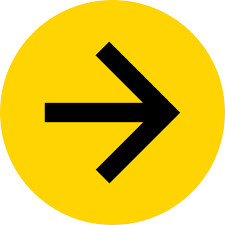Music Is Alive!
 We will begin sight singing by learning how to read rhythm. In this lesson we introduce the concept of the pulse, learning to subdivide the pulse, and learning note names.
We will begin sight singing by learning how to read rhythm. In this lesson we introduce the concept of the pulse, learning to subdivide the pulse, and learning note names.
Print Outline: Download PDF
Audio File: Download MP3
Suggested Homework:
2. Now practice clapping or tapping a steady pulse when listening to a piece of music.
This assignment is complete when you are confident that you can produce a steady pulse.
Review Questions:
1. Identify the following note.
 |
a. Quarter note | d. Whole note |
| b. Half note | e. Eighth note | |
| c. Sixteenth note |
2. The type of note used (whole note, quarter note, etc.) indicates it’s _____.
| a. Absolute time value | d. Absolute pitch value |
| b. Relative pitch value | e. Relative volume level |
| c. Absolute volume level | f. Relative time value |
3. Identify the following note.
 |
a. Quarter note | d. Half note |
| b. Whole note | e. Eighth note | |
| c. Sixteenth note |
4. How many quarter notes fit in the same time as a whole note?
| a. 2 | d. 3 |
| b. 5 | e. 4 |
| c. 1 | f. 6 |
5. How many half notes fit in the same time as a whole note?
| a. 3 | d. 2 |
| b. 5 | e. 6 |
| c. 1 | f. 4 |
6. Identify the following note.
 |
a. Eighth note | d. Whole note |
| b. Half note | e. Sixteenth note | |
| c. Eighth note |
7. Each beat in a song can be _____.
| a. Subdivided or elongated | d. Elongated only |
| b. Subdivided only |
8. How many eighth notes fit in the same time as a whole note?
| a. 10 | d. 2 |
| b. 12 | e. 8 |
| c. 6 | f. 4 |
9. The regular, repeating series of beats in a song is called a _____.
| a. Purse | d. Key signature |
| b. Pulse | e. Time signature |
| c. Pattern | f. Notation |
10. Identify the following note.
 |
a. Whole note | d. Eighth note |
| b. Sixteenth note | e. Quarter note | |
| c. Half note |
